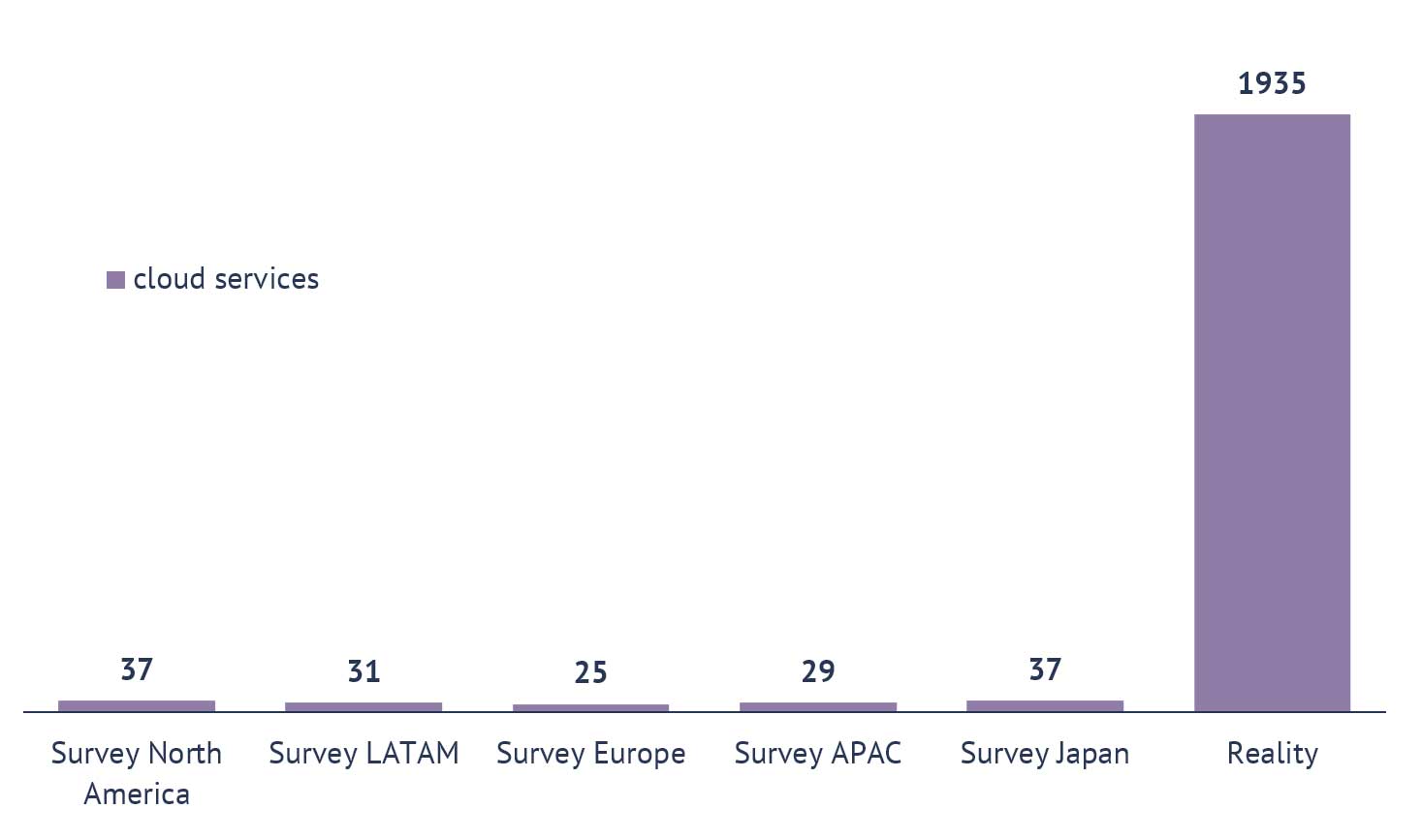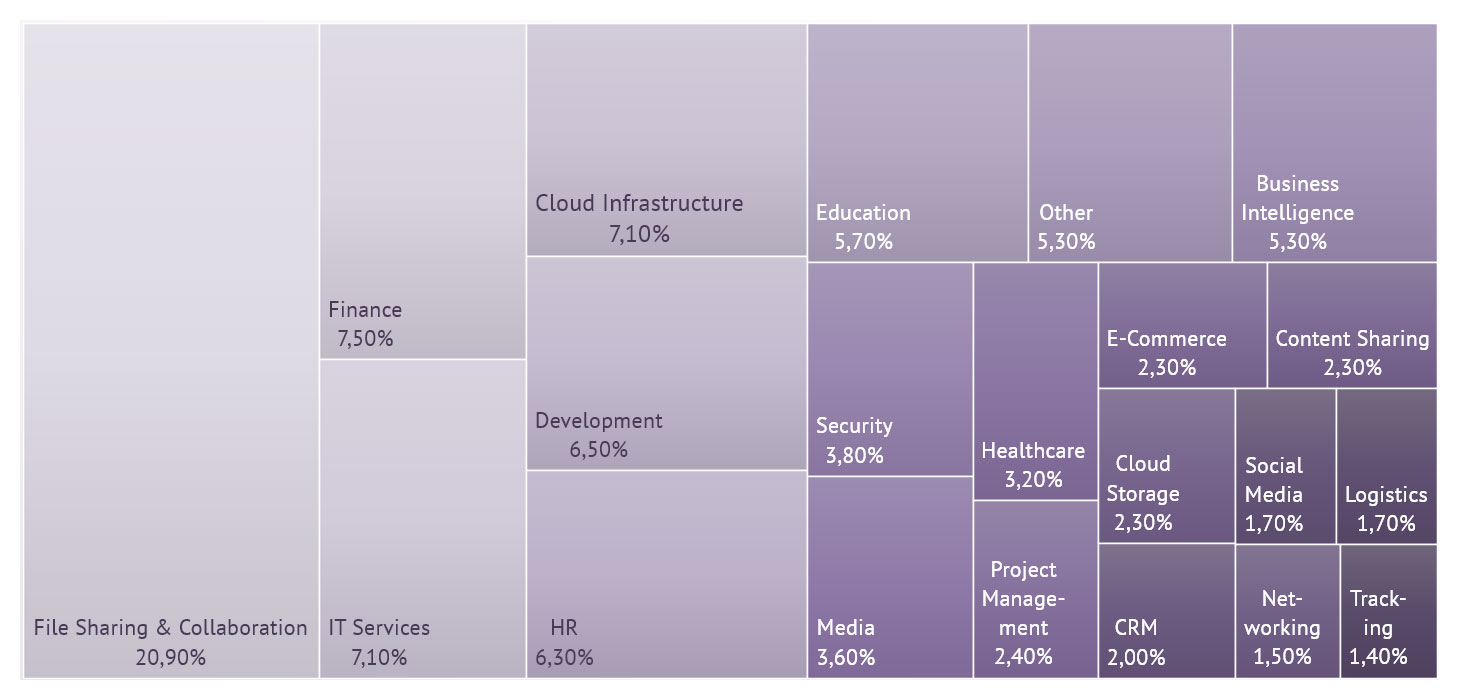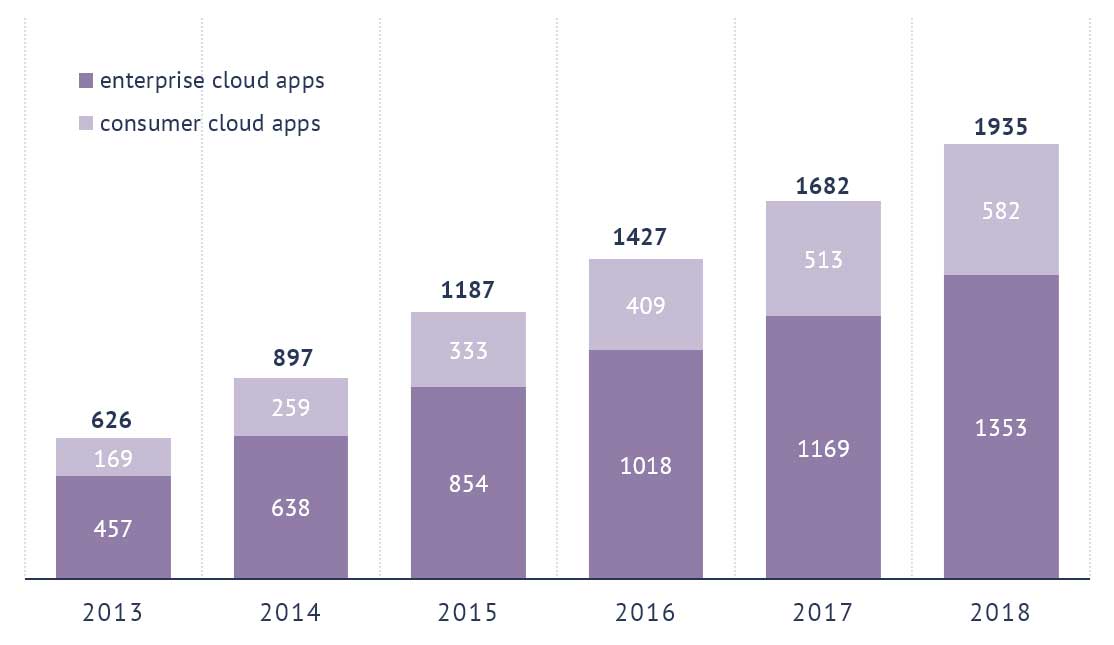But leaders must be realistic. Not every function needs to be organized into agile teams; indeed, agile methods aren’t well suited to some activities.
Agile business simply refers to the application of agile methods to a whole company. In the introductory article we briefly looked at “agile anarchy”. Don’t get me wrong: agile methods work – in projects and project-based environments. Countless successful SCRUM projects and tech start-ups prove this impressively. But as soon as we leave these environments and transfer agile methods to whole companies, by then chaos looms in the shadows.
Hybrid agile business
This is simply a company that only goes half the way. A company which implements agile methods only in some areas – a hybrid agile company. The contrary working methods and leadership models create an integrated organizational hairball, also called spaghetti organization – similar to the software system integrated hairball, just more complex. As a result, inefficiencies arise, which slowly ramp up. Classically one would say: the company dies a slow death, i.e. by increasing costs, decreasing margins, dissatisfied customers and employees, …
In the brave new world of agile companies one would probably call it “agile transformation 2.0”. Just a new project in which these companies invest massively to eliminate the problems they would never have had without the previous half-hearted agile transformation.
Karma is a boomerang.
Agile companies
But even the companies that go all the way agile are threatened with trouble. With increasing size, more and more unstructured data is created that is only available to the respective employee or team. The company may still have limited access to this data, but at the latest with the departure of these employees, this data lacks the structuring component. A data silo has been created. This does not only apply to files. In fact this data includes experiences, contacts, processes and procedures, which these employees have developed successfully.
There is a hidden and growing heap of inefficiency.
Unstructured data or information usually includes email, file shares and especially all those employee-managed cloud services.
Agile business cloud service usage
This may sound rather abstract so far. Breaking news: exactly this problem is already here – in everyday business life. The McAfee Cloud adoption and risk report 2019 provides a more detailed introduction to this topic. Probably without fully realizing it, McAfee pointed out a potential catastrophe for agile companies.
It all begins with a simple McAfee graphic – cloud services, perception and reality:
Total cloud services: self-reported vs. reality – in a 2018 survey of 1,400 IT professionals, the respondents estimated 25-37 cloud services used in their enterprise. Contrary to that real 2018 cloud data usage proved that 1935 cloud services are in use by an enterprise on average.
Let’s take a deep breath and see what this graph actually shows. “You think your own company uses “only” 25-37 cloud services in total. In reality (based on real data), an average of 1935 cloud services were used by employees in 2018.” After all, there is a difference of 523% – 774% between perception and reality.
What kind of services are these, what is accessed? The McAfee report also provides an answer to this question:
Through analysis of billions of anonymized cloud events across a broad set of enterprise organizations, we can determine the current state of how the cloud is truly being used
Take a deep breath again, because: except approx. 10% of the listed cloud services, these are all services in which tasks are stored, meetings arranged and/or files shared. Of course, this includes confidential data. More details can be found in the complete McAfee Report (see link above).
But that’s not all:
Or in simple words: the situation becomes more pressing – day by day.
Microsoft Bans Its Employees Using Slack, Citing IP-Security Concerns.
Questions
All of a sudden, simple questions arise. For example:
Some companies do not perceive this problem as relaxed as others. For example, Microsoft has banned the use of Slack for IT security reasons and to protect intellectual property. One has to be aware that such a communication by Microsoft is of a new quality. In order to specifically state IT security and intellectual property protection as the primary reason, by then it is safe to assume that something has happened in Microsoft. And if even salesforce has its problems, what about the smaller or lesser-known cloud service providers?
Unstructured data and data silos
Suddenly the whole extent becomes clear. Because even if you were to consider these cloud services generally trustworthy and tolerate these services, … What happens if the employee or the whole team is no longer there? All these services have countless accounts and a large number of accounts are unstructured data from the company’s point of view, to which the company has no or only limited access.
Currently, I see less and less water.
Looming disaster
Please, I don’t mean to be disrespectful, but I can’t get rid of this one particular picture of a tsunami. Once you see the ocean water recede, a tsunami is most likely to be inbound. A tsunami with the potential for disastrous consequences. I have to think of this picture again and again when I read about agile companies. Because somehow more and more data from employees or teams disappears into the cloud.
Currently, I see less and less water.
And what happens in this scenario once the ocean returns as a tsunami? For an agile business this means: loss of company assets. Lost assets like: lack of transparency, loss of business know-how, loss of intellectual property, loss of best practices, increasingly reduced productivity and efficiency, … while being passed by competitors, who mastered this issue.
Stay tuned, there is more to it – including a simple solution.






Leave A Comment